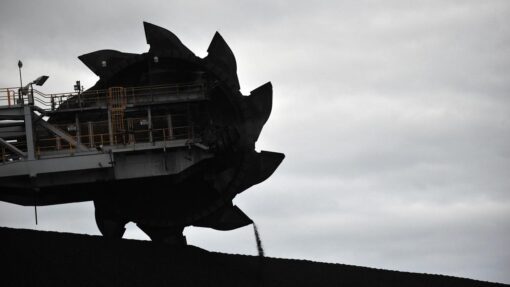Housing lending plummets and worse to come
Poppy Johnston |
Rising interest rates are bringing the property boom to a close, with sharp drop-offs recorded in new home loans as well as council approvals for new builds.
Housing lending fell 8.2 per cent in September to $25.1 billion after a 3.4 per cent fall in August, the Australian Bureau of Statistics reported.
Owner-occupier loan commitments led the fall, dropping a record 9.3 per cent in September, while the value of new investor loan commitments fell six per cent.
While rate hikes are driving down property prices, they also reduce borrowing capacity.
“This has the property market rattled, with both buyers and sellers exiting in droves,” RateCity research director Sally Tindall said.
“The hordes of cashed-up buyers are gone, while some nervous home-owners who were thinking about selling are now benching their plans.”
Despite four consecutive months of falls, housing lending has only unwound halfway from pandemic highs and remains well above pre-pandemic levels.
But the ANZ economists expect to see further declines in housing lending as the Reserve Bank of Australia continues hiking rates.
On Tuesday afternoon, the central bank lifted interest rates by another 25 basis points, taking the official cash rate to 2.85 per cent.
ANZ economists have revised their peak cash rate forecasts to reflect higher-than-expected inflation and are now expecting the cash rate to peak at 3.85 per cent by May 2023.
“We don’t see inflation falling back within the RBA’s two-three per cent target band until end-2024,” ANZ’s Catherine Birch said.
“But we think it will be enough for the RBA to see inflation falling steadily and annualising within the target band for it to cut rates in the second half of 2024.”
The ABS also reported the total number of dwellings approved fell 5.8 per cent in September, following a 23.1 per cent increase in August.
The fall was largely driven by a drop in approvals for private sector houses, down 7.8 per cent.
Across Australia, total dwelling approvals fell in: South Australia (-19.7 per cent), Tasmania (-10.8 per cent), Western Australia (-9.3 per cent), New South Wales (-8.8 per cent), and Queensland (-6.2 per cent).
Victoria was the only state to record an increase, rising 3.4 per cent.
Approvals for private sector houses fell in all states: WA (-11.4 per cent), Queensland (-8.6 per cent), NSW (-7.9 per cent), Victoria (-4.7 per cent), and SA (-4.3 per cent).
The value of total building approvals fell 6.9 per cent in September, following a 19.5 per cent rise in August.
Housing Industry Association economist Nick Ward said there was likely more trouble ahead for the construction industry.
“If these trends are sustained, which is expected, then the 2.75 per cent increase in the cash rate so far will have brought this boom to an end,” he said.
He raised concerns that the large pipeline of construction work still under way was obscuring the impact of interest rate hikes.
“These treacherous lags that characterise this housing cycle could result in the RBA weighing too heavily on households and businesses and jeopardising the housing industry’s future soft landing,” he warned.
AAP


